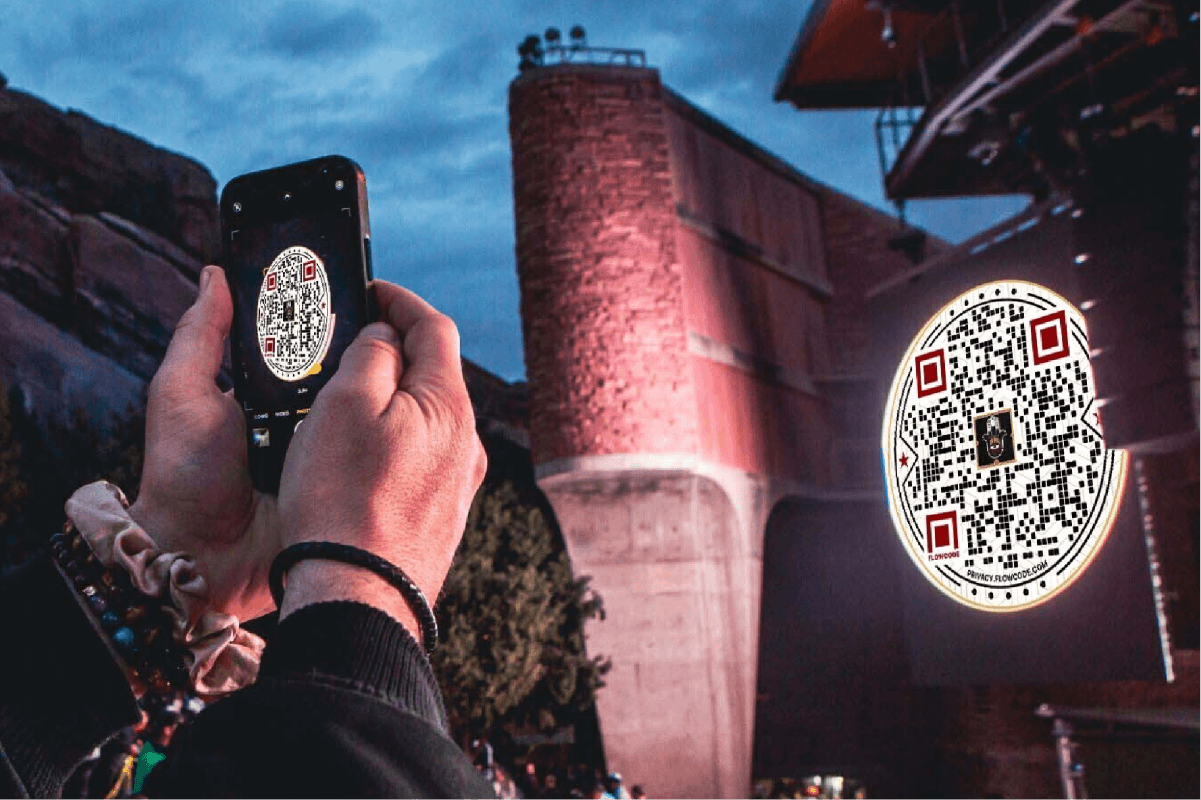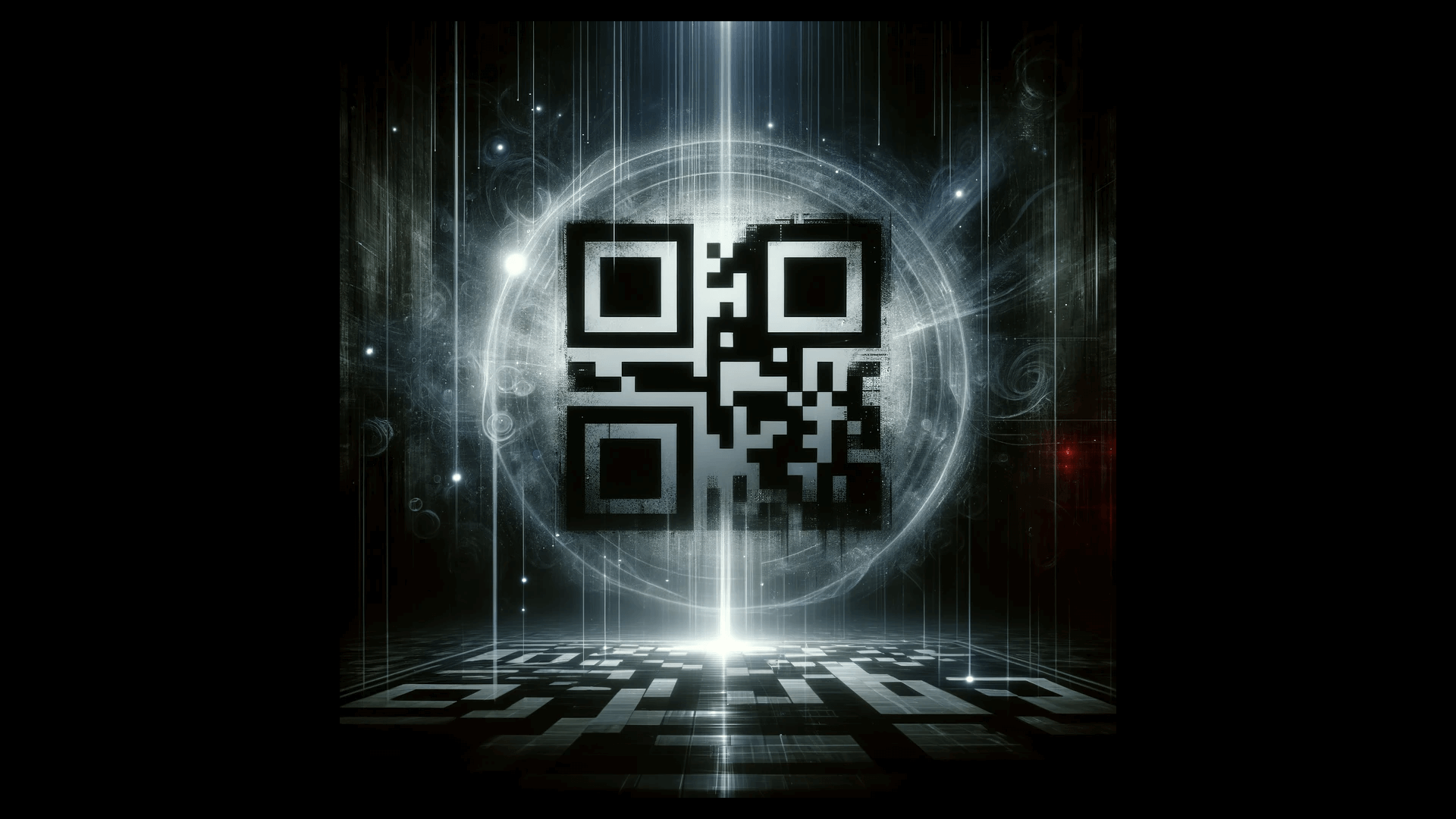Secondary Section Headline
Lorem ipsum dolor sit amet consectetur. Sit aliquam interdum sodales augue varius ultricies arcu condimentum netus. Id imperdiet euismod.
Lorem ipsum dolor sit amet consectetur. Sit aliquam interdum sodales augue varius ultricies arcu condimentum netus. Id imperdiet euismod.

In recent years, contactless technologies have become increasingly common in everyday life, for example, many businesses have started using QR codes, which are proving to be useful. QR codes are commonly used because they can be quickly scanned and accessed by almost all smartphone cameras.
Generating your QR code appears to be an easy procedure with no issues. To scan QR codes, there are numerous devices available, each with a variety of cameras and software. So if your QR Code is not working, just know you’re not the only one. To make your QR codes work on a variety of devices, we'll show you some typical mistakes that should be avoided and how to fix them.
In general, most scanners encounter three common trouble scanning problems:
These are the common trouble scanning problems you're most likely to encounter, but let's focus a little bit on the details and all of the possible problems. Let’s go over the following troubleshooting tips, explore the reasons why your QR code is not working, and then fix it easily.
Maybe your problem is not as technical as you might think! It is also possible that some external factors are preventing your QR code from working. Before exploring technical problems, make sure you do the following simple checks:
We frequently see this mistake, but the solution is easy: to make some concessions to the design. While QR codes with a black or dark background and a white or lighter foreground may look fantastic in some design scenarios, they cannot be scanned by all QR code readers. Many QR code scanner apps that scan your QR code expect its code to have a darker contrast to the background, so scanning QR codes with a white background color may not work for everyone.
Also be aware that there may be QR code scanner apps that can enable scan QR codes with inverted colors, but don't let this mislead you. But, if you say that I am determined to use inverted QR code colors in parallel with my great design scenarios, don't forget to do a QR code test by using different QR code scanner apps after doing it.
Contrast ratio and color selection matter! When selecting your colors against a white background ensure your QR code has enough contrast. Most QR code scanner apps need a darker contrast to the background, so it won't always function if you scan a QR code with a white or lighter foreground. If you have too much color contrast, it can be challenging for QR code scanners to scan the QR code in a light environment.
Also mixing similar light or dark colors prevents scanning the QR code properly. For example, light colors like lilac and yellow are not a good couple for scanning, therefore it is best and risk-free to use darker colors and white backgrounds.
To avoid the above problems make sure that you do the following two instructions:
1. Create enough contrast and use darker colors in the foreground.
2. Avoid using similar light colors or dark colors together.
.png)
What is this? There is something not clear. Is your QR code too blurry? It is very likely that you can not scan it. Give your QR codes the appropriate level of resolution so that they appear crisp on every display.
If you enlarge your image without checking the quality of the image, it can be difficult for QR code scanner apps to scan a blurry QR code. The safest and risk-free way, when you need to enlarge the picture, is to test whether the QR code can be scanned or not.
Just make sure that you have high-quality images in both screen and print format, especially if you are enlarging the image, otherwise, blurry QR codes can waste all your work.
Do you know what type of QR code you are using? Static QR code or dynamic QR code?
If you use a static QR code, you should first know that a static QR code stores data directly into the model, which means the more content you put in, the more pixels you have. Most scanners can't read a QR code with pixels.
Here is the point: putting too much content into your QR code causes trouble scanning.
If you have too much content, consider using a dynamic QR code, like a Flowcode, that doesn't store data directly instead stores a unique short URL by directing scanners to your embedded data. With dynamic QR codes, the amount of content does not affect the number of modules in your QR code and you don't have to struggle with the pixels.
When you have to handle it with a static QR code, you should be aware that you can't put too much content into your QR code, if you want your QR code to perform properly.
Is the size of your QR code right? Is the QR code too small?
QR codes are standardized for international usage. Those standardizations are size ratios to distances. The distance between the QR code reader and the QR code are measured at 10:1 for most current QR code readers. This means the QR code should be 10 inches away from the phone.
So, is your QR code too small? Just use the above ratio. The QR codes are sized according to the location and how you advertise. Namely, the size of the QR code will change according to where you place it. Just estimate how far you should be away from a QR code based on the QR code size. If you are too far out of the 10:1 ratio, you can have trouble scanning.
Here is the trick for you: If you are uncertain about the size of your QR code, make sure to print larger sizes and always test whether it can be scanned or not.
Are you sure that the link address is correct? Here are the problems you might face with your encoded data. If you type in a very long URL by hand instead of copying and pasting, you may have missed a character. Even if you did copy and paste, it is still possible to miss a character, leading your code to not work.
Another encoded data issue can be the typos in your text. When you're encoding your QR code to show a text instead of a URL, you should make sure that the message you give with QR code is correct. Otherwise, your QR code can be useless. For example, if your business card has a wrong or missing phone number, it will be useless for you.
Here are some tricks for you to avoid these problems:
Be mindful! The QR code generator you use can stop accessing your QR code without notifying you. The reason behind the problem is that most QR code generators set expirations on the codes or limit the number that they scan.
When you use a low-quality free QR code generator, your QR code can expire without your knowledge. The worst side of using low-quality free QR code generators, you can't know your QR code's expiration date. Also, you can have a limited number of scans for your QR code. Namely, when the limit is reached, users become unable to scan.
Here are 2 tips for you:
Maybe your QR code is not in the right place. QR codes are sometimes not noticeable so the correct positioning is vital for the users.
QR codes can only serve their purpose if they can be easily seen. Otherwise, your target audience can not notice it. Make sure that you strategically place your QR code so it can be easily noticed.
Another trick is that if your QR code will be placed on billboards or other large screens, make your QR code eye-level so it is not overlooked.

Sometimes your camera app can not read QR codes. Maybe it is just about the application you use. There are lots of third party apps to scan QR codes.
If your code is not working on the Android phone or IOS device, just try to download a third party QR code scanning app from the google play store or App Store. Also, you can try to use google lens for QR scanning.
Always do testing! Think about how you have printed thousands of business cards, leaflets, and billboards with a non-working QR code. Doesn't it sound scary? And a lot of unnecessary expenses... Not to mention the damage to your image/image of your company.
Here is the crucial tip for your QR code to appropriately perform: Don't print or publish your QR code without properly taking a QR code test. So, how is the QR code test taken?
Always keep in mind the 9 reasons that a QR code doesn't work, generate your QR code and test it by taking the given tips into consideration.
Ready to generate a QR code in less than 60 seconds?


